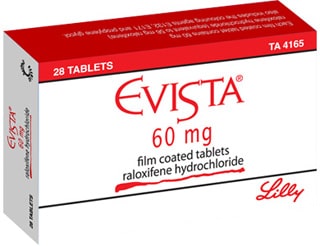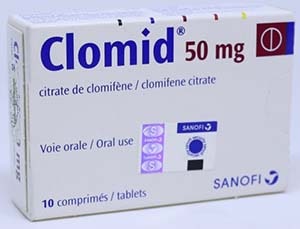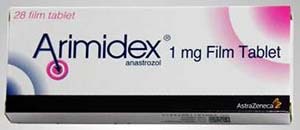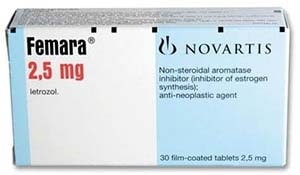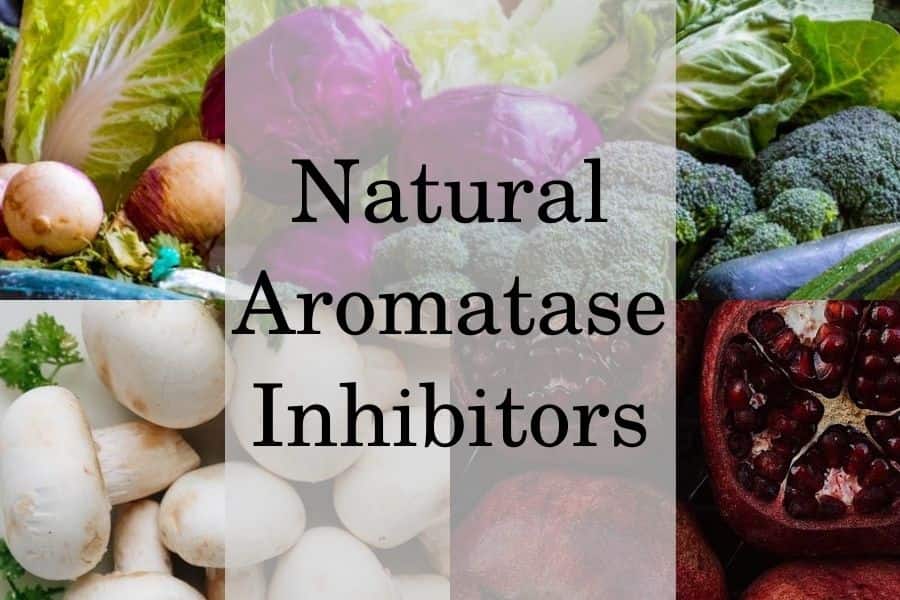If your estrogen levels are too high and you have symptoms, then your doctor may consider medications that block estradiol receptors or prevent aromatization in the first place.
How to stop the conversion of testosterone to estrogen
The two main options to stop aromatization are – aromatase inhibitors (AIs) and selective estrogen receptor modulators (SERMs). Both SERMs and AIs can be safely taken with TRT in case of elevated estrogen levels during treatment.
Besides, the medications can help you remain fertile during TRT if you have secondary hypogonadism. SERMs and AIs prevent the suppressive effect of E2 on gonadotropic hormones.
This allows for natural testosterone synthesis and spermatogenesis to continue.
AIs and SERMs may even elevate the levels of LH and FSH. This can help boost and sometimes even normalize testosterone in men with secondary hypogonadism.
However, the effect is unreliable and the medications are not FDA-approved for treating low T in hypogonadism. Nevertheless, off-label use of AIs and SERMs, mainly for the treatment of low T related to obesity.
Keep in mind that aromatase inhibitors and SERMs are available only with a medical prescription. Purchasing them without one is illegal.
Best SERMs to block estrogen
Selective estrogen receptor modulators do not prevent the conversion of testosterone into estradiol but modulate the receptors for estrogen instead and block its effects in areas such as breast tissue. SERMs have tissue-specific action and also increase estrogen activity in other tissues such as bones. Therefore they increase bone mineral density and prevent osteoporosis.
Raloxifene
Raloxifene is a prescription medication, which modulates the estrogen receptors in the body. It’s more popular as the brand name Evista.
Raloxifene is a SERM that can help reduce the negative effects of elevated estrogen by blocking some of its receptors. Furthermore, medication can increase testosterone and improve fertility in men with idiopathic oligozoospermia.
Similar to other selective estrogen receptor modulators, it blocks the E2 activity on breast tissue and effectively reduces the risk of gynecomastia.
Also, it is highly effective in treating pubertal gynecomastia – even more so than other selective estrogen receptor modulators. Raloxifene at a dosage of 60 mg/day taken for 3 to 9 months was sufficient for significantly reducing breast size.
On the other hand, it stimulates the estrogen receptors in bone tissue, which leads to increased bone mineral density and reduced risk of osteoporosis.
The majority of trials do not report any side effects in men. Raloxifene is contraindicated in men and women with a history of thrombosis.
Clomid
Clomid is the brand name of the SERM called clomiphene. It is a prescription medication that’s usually taken daily at a dose of 25 mg.
Clomiphene citrate can raise T levels similarly to other selective estrogen receptor modulators. Compared to AIs such as Anastrozole, the increase is less significant, but it doesn’t increase the risk of low bone density and bone fractures.
Clomid is generally well tolerated. Rare but serious side effects may include an increased risk for thrombosis and liver damage.
Contraindications for clomiphene use include an allergy to the medication, history of thrombi, liver diseases, thyroid dysfunction, and pituitary problems.
Best Aromatase Inhibitors
Aromatase inhibitors work by blocking the aromatase enzyme and preventing the conversion of testosterone into E2. Therefore, aromatase inhibitors reduce all of the effects of estrogen in the male body, including the benefits for bone mass.
Anastrozole
Anastrozole is a prescription medication sold under the brand name Arimidex. It is an aromatase inhibitor (AI) and as such, it can effectively suppress the conversion of testosterone to E2.
Studies report that 1mg Anastrozole daily led to a 35% reduction in E2 levels as soon as the 4th week after starting the therapy with a maximum effect at the 8th week. Anastrozole also led to a 100% increase in testosterone levels, in older adults with low T.
However, long-term use of Anastrozole may increase the risk of low bone mineral density and osteoporosis, since it prevents the beneficial effects of estradiol on these issues.
Furthermore, unlike SERMs, anastrozole and other AIs are not effective in treating gynecomastia.
Side effects related to the therapy may include bone and joint pain, bone fractures, hypertension, and allergic reaction.
Letrozole
Letrozole is another AI sold under the brand name Femara. The medication is available only with a medical prescription and its standard dosage is 2.5 mg per day.
Trials reveal that Letrozole can lead to up to a 62% reduction of estradiol levels in older men after 4 weeks of therapy. Testosterone levels also increased by 99%.
In comparison, the medication led to a 42% reduction in estrogen and a 146% increase in testosterone in younger men.
Side effects are similar to that of other aromatase inhibitors.
Best natural aromatase inhibitors
One of the most effective methods to reduce the aromatase activity in your body is to reduce body fat percentage. This means that if you are overweight or obese, your best option to lower estrogen and boost testosterone is to lose weight.
The most effective way to do that is by improving your diet and increasing your physical activity.
Also, there’re several natural products to decrease the activity of the aromatase enzyme and prevent testosterone conversion into estrogen in men. For example, some foods such as white button mushrooms contain natural inhibitors for this enzyme.
Read also how the keto diet affects testosterone levels in men, and what are the potential benefits and risks.
These effects are performed on breast cancer cells as inhibiting the enzyme also inhibits the proliferation of that malignant tumor. Mushrooms contain either multiple inhibitors or more than one inhibitory mechanism which makes them very effective natural estrogen blockers.
Another powerful inhibitor of testosterone aromatization is a compound called Indole-3-carbinol (I3C). It is found in relatively large quantities in all cruciferous vegetables, such as broccoli, cabbage, cauliflower, brussels sprouts, collard greens, and kale.
Furthermore, I3C converts estrogen into less potent hormones and increases its excretion through urine which further lowers estradiol levels.
The polyphenols (antioxidants) in pomegranates called ellagitannins are also a candidate for natural aromatase inhibitors. Experiments reveal that the compounds can effectively block the conversion of testosterone in vitro.
Get a free consultation with our medical expert for any questions about hormone replacement therapy


